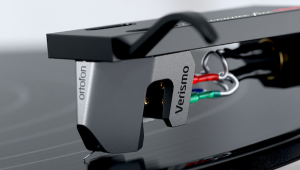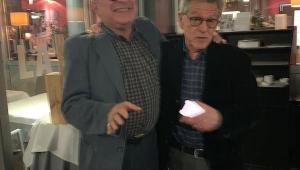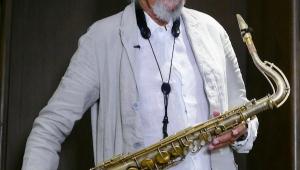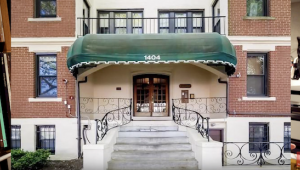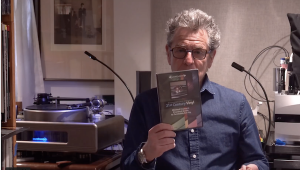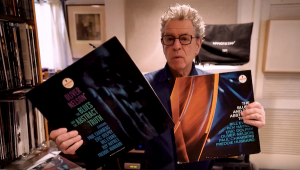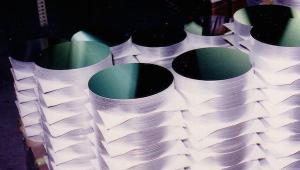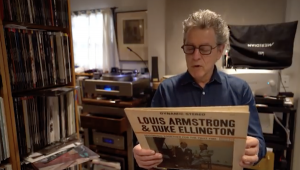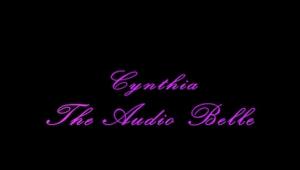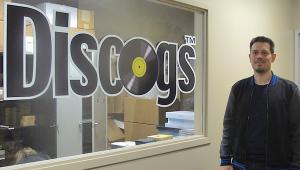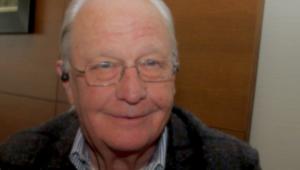Is HD Vinyl In Your Record Playing Future?
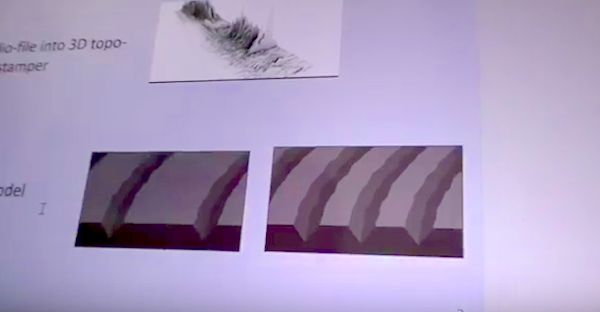
REBEAT CEO Günter Loibl has a plan to change the way vinyl records are mastered.
If what he is planning actually comes to pass, records could be "one step" mastered on a ceramic disc that could possibly press 10,000 records before it begins to wear. Watch the interview AnalogPlanet editor Michael Fremer conducted this week with Loibl in the Vienna offices of Pro-Ject CEO Heinz Lichtenegger.
| Equipment Reviews | The Gruvy Awards | Blogs Analog Tips | Columns Music | Show Reports | News Resources |
 © 2025 AnalogPlanet
© 2025 AnalogPlanetAVTech Media Americas Inc.
All rights reserved



